tacototheworld
Well-known member
Benin - Part 2
After resting in Grand Popo, we were ready for more culture and learning. We drove east to Ouidah to visit the Zinsou Museum, famous for exhibiting contemporary African art. While we were there we also hired a guide for a few hours to teach us more about Voodoo and to show us some of the important sites along the Route of Slaves. Ouidah is known for both being the center of Voodoo in Benin and for being a slave trading hub.
![[IMG] [IMG]](https://images.squarespace-cdn.com/content/v1/5eb85920d2ae880e0ff1526f/21e93170-c36d-4391-8836-af5621904120/3.jpg?format=1000w)
Male spirits dressed to honor women
![[IMG] [IMG]](https://images.squarespace-cdn.com/content/v1/5eb85920d2ae880e0ff1526f/848197c2-9f9e-43f9-9eb5-681b54b8956d/1.jpg?format=1000w)
Salt processing outside of town
The “Route of Slaves” in Ouidah is lined with painful sites memorialzing the process of capturing, holding, selling and transporting human beings into slavery. Communities throughout Benin and the rest of West Africa were shaped and destroyed by the brutalities of the slave trade.
![[IMG] [IMG]](https://images.squarespace-cdn.com/content/v1/5eb85920d2ae880e0ff1526f/bc82daf5-ae38-4a4e-bb15-9d18009409dd/6.jpg?format=1000w)
And then on to learning more about Voodoo at the Python Temple
![[IMG] [IMG]](https://images.squarespace-cdn.com/content/v1/5eb85920d2ae880e0ff1526f/5a90ddb5-04c6-4f48-baba-ebd7a0f58abb/9.jpg?format=1000w)
Marcellen was a super guide and we learned a lot from him, grateful that he spoke excellent English so that we could understand everything. Despite three months in mostly French speaking West Africa, our French is still small small.
Still working our way east, along the coast now, our next stop was Ganvie. Built in the middle of Lake Nokoué 400 years ago, its unique history started in the era of slavery. In the 18th century, the people of the local Tofinu tribe were trying to escape from the soldiers of the Kingdom of Dahomey who were capturing people and selling them to Portuguese traders as slaves.
The ancestors of today's residents fled to the lake which was feared by the soldiers who believed a terrible demon lived under its surface. Knowing this, the tribe chose to build their homes on stilts in the middle of the water. The current population is over 35,000.
We toured the village in a boat with Natys, a local guide who grew up in the village. He even took us to his home.
![[IMG] [IMG]](https://images.squarespace-cdn.com/content/v1/5eb85920d2ae880e0ff1526f/2808224b-6fbf-4e4b-bbfe-999680330a5e/5.jpg?format=1000w)
Houses built on stilts and separated by water, to visit your neighbor you must have a boat
![[IMG] [IMG]](https://images.squarespace-cdn.com/content/v1/5eb85920d2ae880e0ff1526f/700f625e-e9c2-4d18-b3e7-ebcc90f5eb1e/7.jpg?format=1000w)
Most houses have at least three boats, one for the man to fish, one for the women to take the fish to the mainland market, and one for the children to go to school.
![[IMG] [IMG]](https://images.squarespace-cdn.com/content/v1/5eb85920d2ae880e0ff1526f/57becbf8-bd5a-4b17-b7a1-79330ad742fb/9.jpg?format=1000w)
![[IMG] [IMG]](https://images.squarespace-cdn.com/content/v1/5eb85920d2ae880e0ff1526f/2d962833-de0b-42f5-8bb1-944cf72da2a9/10.jpg?format=1000w)
Life is conducted on the water with floating markets and vendors
![[IMG] [IMG]](https://images.squarespace-cdn.com/content/v1/5eb85920d2ae880e0ff1526f/d21f8502-1389-4b80-ba6e-b003baa0e64c/12.jpg?format=1000w)
Drinking water is collected from a well with a spigot in large barrels and brought back to each house
![[IMG] [IMG]](https://images.squarespace-cdn.com/content/v1/5eb85920d2ae880e0ff1526f/65fa0ff3-804f-48b4-b3f8-0cdcb46c570d/1.jpg?format=1000w)
Posing with our guide Nestys with the king of the village, on a rare and small island of land in the village.
![[IMG] [IMG]](https://images.squarespace-cdn.com/content/v1/5eb85920d2ae880e0ff1526f/9b9aac67-8fc0-4f29-81ce-55f3d062edcf/15.jpg?format=1000w)
It was a beautiful place and fascinating to learn about village life on the water
Another captivating Benin experience. We realize looking back that when we do commit to paying for a guide it definitely deepens our experience - we end up having deeper conversations and understanding of the local culture. We cannot always do it, but it is worth noting.
Now, before entering another big city, it was time for some beach and ocean breezes. We found a delightful camping spot west of Cotonou on the beach where Blacky and his family gave us a warm welcome and helped us get into a beach side spot.
![[IMG] [IMG]](https://images.squarespace-cdn.com/content/v1/5eb85920d2ae880e0ff1526f/c32aa33b-bb4a-455a-ac94-eea24b058ea4/18.jpg?format=1000w)
Beachside camping at $3 a person at Paradis du Soleil east of Cotonou.
Our final stop in Benin was Cotonou, not the capital but definitely the largest city and economic center. We planned to spend a couple of days exploring and then cross into Nigeria. The travel fates laughed at us once again.
Much as we enjoyed Cotonou, an easy city to navigate with calm traffic and wide sidewalks, we ended up spending too much time there waiting for the elusive Nigerian visas. We went from enjoying the city, to learning the city to being tired of the city. There is a surprising lack of museums and cultural attractions for a city its size, but we did find a few. We became well acquainted with the rhythms of the city as we walked its streets day after day - the thwock of the shoe polisher advertising his services by banging a stick on a box, the incessant honking of the taxi motos who were sure if they got our attention we would decide to ride rather than walk, the cheerful cries of “white person!” in the local dialects.
We also met up with a fellow traveler who was also planning to cross into Nigeria, so we shared strategies and frustrations.
![[IMG] [IMG]](https://images.squarespace-cdn.com/content/v1/5eb85920d2ae880e0ff1526f/8053c42d-51e7-4bcc-8886-7064178be810/19.jpg?format=1000w)
Armando from Italy, traveling south on his Husqvarna
![[IMG] [IMG]](https://images.squarespace-cdn.com/content/v1/5eb85920d2ae880e0ff1526f/d29d5255-3ad4-48e7-9b59-76731ccbd4b7/20.jpg?format=1000w)
Learning about the different masks and their cultural uses in Benin
![[IMG] [IMG]](https://images.squarespace-cdn.com/content/v1/5eb85920d2ae880e0ff1526f/9d114912-f6ce-4310-8545-55e366df2599/27.jpg?format=1000w)
Visiting the Notre Dame of Cotonou with its distinctive striping
![[IMG] [IMG]](https://images.squarespace-cdn.com/content/v1/5eb85920d2ae880e0ff1526f/b7c16337-d93a-4f5b-9575-1e33ce08b490/29.jpg?format=1000w)
Statue of the Amazon - representing the fierce women warriors of the Kingdom of Dahomey
![[IMG] [IMG]](https://images.squarespace-cdn.com/content/v1/5eb85920d2ae880e0ff1526f/3cb1240a-8df9-41f6-8143-1347b1061c74/28.jpg?format=1000w)
Appreciating the beautiful street art along the main coastal roads
![[IMG] [IMG]](https://images.squarespace-cdn.com/content/v1/5eb85920d2ae880e0ff1526f/8ad1306a-1c38-444d-97de-5374a2824cc3/31.jpg?format=1000w) .
.
Then the weekend came and knowing everything would shut down we headed back out to the beach to wait some more
![[IMG] [IMG]](https://images.squarespace-cdn.com/content/v1/5eb85920d2ae880e0ff1526f/6d1860f8-b0b0-4c60-af99-f2448f017a33/beach.jpg?format=1000w)
But if you have to wait, it was a pretty great place to be
![[IMG] [IMG]](https://images.squarespace-cdn.com/content/v1/5eb85920d2ae880e0ff1526f/83f5492b-25eb-4530-97d2-94af257a4869/11.jpg?format=1000w)
With built in soccer game and fishing entertainment
So at the time of writing, we are still at the beach, waiting . . . Really hoping to continue our journey soon! In three months in West Africa we have traveled 7500 miles and visited 12 countries. We are not giving up and turning around. As always, thank you for reading and wish us luck!
(Follow up note, we did get the visas! Left two days later and made it to Nigeria - see the West African Visa blog for that saga, but happy to be on our way.)
After resting in Grand Popo, we were ready for more culture and learning. We drove east to Ouidah to visit the Zinsou Museum, famous for exhibiting contemporary African art. While we were there we also hired a guide for a few hours to teach us more about Voodoo and to show us some of the important sites along the Route of Slaves. Ouidah is known for both being the center of Voodoo in Benin and for being a slave trading hub.
![[IMG] [IMG]](https://images.squarespace-cdn.com/content/v1/5eb85920d2ae880e0ff1526f/21e93170-c36d-4391-8836-af5621904120/3.jpg?format=1000w)
Male spirits dressed to honor women
![[IMG] [IMG]](https://images.squarespace-cdn.com/content/v1/5eb85920d2ae880e0ff1526f/848197c2-9f9e-43f9-9eb5-681b54b8956d/1.jpg?format=1000w)
Salt processing outside of town
The “Route of Slaves” in Ouidah is lined with painful sites memorialzing the process of capturing, holding, selling and transporting human beings into slavery. Communities throughout Benin and the rest of West Africa were shaped and destroyed by the brutalities of the slave trade.
![[IMG] [IMG]](https://images.squarespace-cdn.com/content/v1/5eb85920d2ae880e0ff1526f/bc82daf5-ae38-4a4e-bb15-9d18009409dd/6.jpg?format=1000w)
And then on to learning more about Voodoo at the Python Temple
![[IMG] [IMG]](https://images.squarespace-cdn.com/content/v1/5eb85920d2ae880e0ff1526f/5a90ddb5-04c6-4f48-baba-ebd7a0f58abb/9.jpg?format=1000w)
Marcellen was a super guide and we learned a lot from him, grateful that he spoke excellent English so that we could understand everything. Despite three months in mostly French speaking West Africa, our French is still small small.
Still working our way east, along the coast now, our next stop was Ganvie. Built in the middle of Lake Nokoué 400 years ago, its unique history started in the era of slavery. In the 18th century, the people of the local Tofinu tribe were trying to escape from the soldiers of the Kingdom of Dahomey who were capturing people and selling them to Portuguese traders as slaves.
The ancestors of today's residents fled to the lake which was feared by the soldiers who believed a terrible demon lived under its surface. Knowing this, the tribe chose to build their homes on stilts in the middle of the water. The current population is over 35,000.
We toured the village in a boat with Natys, a local guide who grew up in the village. He even took us to his home.
![[IMG] [IMG]](https://images.squarespace-cdn.com/content/v1/5eb85920d2ae880e0ff1526f/2808224b-6fbf-4e4b-bbfe-999680330a5e/5.jpg?format=1000w)
Houses built on stilts and separated by water, to visit your neighbor you must have a boat
![[IMG] [IMG]](https://images.squarespace-cdn.com/content/v1/5eb85920d2ae880e0ff1526f/700f625e-e9c2-4d18-b3e7-ebcc90f5eb1e/7.jpg?format=1000w)
Most houses have at least three boats, one for the man to fish, one for the women to take the fish to the mainland market, and one for the children to go to school.
![[IMG] [IMG]](https://images.squarespace-cdn.com/content/v1/5eb85920d2ae880e0ff1526f/57becbf8-bd5a-4b17-b7a1-79330ad742fb/9.jpg?format=1000w)
![[IMG] [IMG]](https://images.squarespace-cdn.com/content/v1/5eb85920d2ae880e0ff1526f/2d962833-de0b-42f5-8bb1-944cf72da2a9/10.jpg?format=1000w)
Life is conducted on the water with floating markets and vendors
![[IMG] [IMG]](https://images.squarespace-cdn.com/content/v1/5eb85920d2ae880e0ff1526f/d21f8502-1389-4b80-ba6e-b003baa0e64c/12.jpg?format=1000w)
Drinking water is collected from a well with a spigot in large barrels and brought back to each house
![[IMG] [IMG]](https://images.squarespace-cdn.com/content/v1/5eb85920d2ae880e0ff1526f/65fa0ff3-804f-48b4-b3f8-0cdcb46c570d/1.jpg?format=1000w)
Posing with our guide Nestys with the king of the village, on a rare and small island of land in the village.
![[IMG] [IMG]](https://images.squarespace-cdn.com/content/v1/5eb85920d2ae880e0ff1526f/9b9aac67-8fc0-4f29-81ce-55f3d062edcf/15.jpg?format=1000w)
It was a beautiful place and fascinating to learn about village life on the water
Another captivating Benin experience. We realize looking back that when we do commit to paying for a guide it definitely deepens our experience - we end up having deeper conversations and understanding of the local culture. We cannot always do it, but it is worth noting.
Now, before entering another big city, it was time for some beach and ocean breezes. We found a delightful camping spot west of Cotonou on the beach where Blacky and his family gave us a warm welcome and helped us get into a beach side spot.
![[IMG] [IMG]](https://images.squarespace-cdn.com/content/v1/5eb85920d2ae880e0ff1526f/c32aa33b-bb4a-455a-ac94-eea24b058ea4/18.jpg?format=1000w)
Beachside camping at $3 a person at Paradis du Soleil east of Cotonou.
Our final stop in Benin was Cotonou, not the capital but definitely the largest city and economic center. We planned to spend a couple of days exploring and then cross into Nigeria. The travel fates laughed at us once again.
Much as we enjoyed Cotonou, an easy city to navigate with calm traffic and wide sidewalks, we ended up spending too much time there waiting for the elusive Nigerian visas. We went from enjoying the city, to learning the city to being tired of the city. There is a surprising lack of museums and cultural attractions for a city its size, but we did find a few. We became well acquainted with the rhythms of the city as we walked its streets day after day - the thwock of the shoe polisher advertising his services by banging a stick on a box, the incessant honking of the taxi motos who were sure if they got our attention we would decide to ride rather than walk, the cheerful cries of “white person!” in the local dialects.
We also met up with a fellow traveler who was also planning to cross into Nigeria, so we shared strategies and frustrations.
![[IMG] [IMG]](https://images.squarespace-cdn.com/content/v1/5eb85920d2ae880e0ff1526f/8053c42d-51e7-4bcc-8886-7064178be810/19.jpg?format=1000w)
Armando from Italy, traveling south on his Husqvarna
![[IMG] [IMG]](https://images.squarespace-cdn.com/content/v1/5eb85920d2ae880e0ff1526f/d29d5255-3ad4-48e7-9b59-76731ccbd4b7/20.jpg?format=1000w)
Learning about the different masks and their cultural uses in Benin
![[IMG] [IMG]](https://images.squarespace-cdn.com/content/v1/5eb85920d2ae880e0ff1526f/9d114912-f6ce-4310-8545-55e366df2599/27.jpg?format=1000w)
Visiting the Notre Dame of Cotonou with its distinctive striping
![[IMG] [IMG]](https://images.squarespace-cdn.com/content/v1/5eb85920d2ae880e0ff1526f/b7c16337-d93a-4f5b-9575-1e33ce08b490/29.jpg?format=1000w)
Statue of the Amazon - representing the fierce women warriors of the Kingdom of Dahomey
![[IMG] [IMG]](https://images.squarespace-cdn.com/content/v1/5eb85920d2ae880e0ff1526f/3cb1240a-8df9-41f6-8143-1347b1061c74/28.jpg?format=1000w)
Appreciating the beautiful street art along the main coastal roads
![[IMG] [IMG]](https://images.squarespace-cdn.com/content/v1/5eb85920d2ae880e0ff1526f/8ad1306a-1c38-444d-97de-5374a2824cc3/31.jpg?format=1000w)
Then the weekend came and knowing everything would shut down we headed back out to the beach to wait some more
![[IMG] [IMG]](https://images.squarespace-cdn.com/content/v1/5eb85920d2ae880e0ff1526f/6d1860f8-b0b0-4c60-af99-f2448f017a33/beach.jpg?format=1000w)
But if you have to wait, it was a pretty great place to be
![[IMG] [IMG]](https://images.squarespace-cdn.com/content/v1/5eb85920d2ae880e0ff1526f/83f5492b-25eb-4530-97d2-94af257a4869/11.jpg?format=1000w)
With built in soccer game and fishing entertainment
So at the time of writing, we are still at the beach, waiting . . . Really hoping to continue our journey soon! In three months in West Africa we have traveled 7500 miles and visited 12 countries. We are not giving up and turning around. As always, thank you for reading and wish us luck!
(Follow up note, we did get the visas! Left two days later and made it to Nigeria - see the West African Visa blog for that saga, but happy to be on our way.)

![[IMG] [IMG]](https://images.squarespace-cdn.com/content/v1/5eb85920d2ae880e0ff1526f/c801cf77-b691-476a-83de-52629be41cc4/28.jpg?format=1000w)
![[IMG] [IMG]](https://images.squarespace-cdn.com/content/v1/5eb85920d2ae880e0ff1526f/7c3bfe84-5b21-4615-b31e-d17a2caa8b7d/Nigeria.jpg?format=1000w)
![[IMG] [IMG]](https://images.squarespace-cdn.com/content/v1/5eb85920d2ae880e0ff1526f/52bb9c6c-868b-4b33-b8cf-c0a431c67dce/1.jpg?format=1000w)
![[IMG] [IMG]](https://images.squarespace-cdn.com/content/v1/5eb85920d2ae880e0ff1526f/2625ccc5-8cf9-49d0-8366-44ef064bedc9/2.jpg?format=1000w)
![[IMG] [IMG]](https://images.squarespace-cdn.com/content/v1/5eb85920d2ae880e0ff1526f/7498567e-385c-406c-8cd3-51aff77ff559/3.jpg?format=1000w)
![[IMG] [IMG]](https://images.squarespace-cdn.com/content/v1/5eb85920d2ae880e0ff1526f/25049e17-5899-45a1-b122-27439cf09d55/4.jpg?format=1000w)
![[IMG] [IMG]](https://images.squarespace-cdn.com/content/v1/5eb85920d2ae880e0ff1526f/a0418cd2-fdc2-4b69-b77e-5810c0dc5d10/5.jpg?format=1000w)
![[IMG] [IMG]](https://images.squarespace-cdn.com/content/v1/5eb85920d2ae880e0ff1526f/8f2693d7-254f-4b9f-bf13-27778545c5a4/6.jpg?format=1000w)
![[IMG] [IMG]](https://images.squarespace-cdn.com/content/v1/5eb85920d2ae880e0ff1526f/5b34135c-6c1b-48d3-b315-f7f103c54045/7.jpg?format=1000w)
![[IMG] [IMG]](https://images.squarespace-cdn.com/content/v1/5eb85920d2ae880e0ff1526f/4f5345d6-e5e7-4ced-bd80-57b69a43dce0/8.jpg?format=1000w)
![[IMG] [IMG]](https://images.squarespace-cdn.com/content/v1/5eb85920d2ae880e0ff1526f/32e635b8-7a69-4c89-9070-41ac55ff0a14/11.jpg?format=1000w)
![[IMG] [IMG]](https://images.squarespace-cdn.com/content/v1/5eb85920d2ae880e0ff1526f/be183aed-9e87-4160-816a-3df46d7d062b/12.jpg?format=1000w)
![[IMG] [IMG]](https://images.squarespace-cdn.com/content/v1/5eb85920d2ae880e0ff1526f/8bfb7a75-b632-4cef-8bd7-6f4ba6868e6e/13.jpg?format=1000w)
![[IMG] [IMG]](https://images.squarespace-cdn.com/content/v1/5eb85920d2ae880e0ff1526f/29429e42-22c9-436f-87c1-3374a081132b/14.jpg?format=1000w)
![[IMG] [IMG]](https://images.squarespace-cdn.com/content/v1/5eb85920d2ae880e0ff1526f/4909df7d-35ad-48b3-9ba9-05e19cb6bf5d/15.jpg?format=1000w)
![[IMG] [IMG]](https://images.squarespace-cdn.com/content/v1/5eb85920d2ae880e0ff1526f/eaa769b5-4aa5-43dc-9939-10a818dd0786/1.jpg?format=1000w)
![[IMG] [IMG]](https://images.squarespace-cdn.com/content/v1/5eb85920d2ae880e0ff1526f/feb962a9-07d2-405b-8f27-7277c48ff5d2/3.jpg?format=1000w)
![[IMG] [IMG]](https://images.squarespace-cdn.com/content/v1/5eb85920d2ae880e0ff1526f/c835d077-3aeb-48f5-8517-85628bb29532/4.jpg?format=1000w)
![[IMG] [IMG]](https://images.squarespace-cdn.com/content/v1/5eb85920d2ae880e0ff1526f/0897fe7e-7e23-4e50-bee7-d8c37053d38a/19.jpg?format=1000w)
![[IMG] [IMG]](https://images.squarespace-cdn.com/content/v1/5eb85920d2ae880e0ff1526f/6cf67ba1-462a-4f40-a4e6-1fe0e3d82548/2.jpg?format=1000w)
![[IMG] [IMG]](https://images.squarespace-cdn.com/content/v1/5eb85920d2ae880e0ff1526f/4575f4a1-151c-4d4b-a4a5-9145e3cad442/20.jpg?format=1000w)
![[IMG] [IMG]](https://images.squarespace-cdn.com/content/v1/5eb85920d2ae880e0ff1526f/1d52c072-1698-4d1e-8ffe-f893104661d5/5.jpg?format=1000w)
![[IMG] [IMG]](https://images.squarespace-cdn.com/content/v1/5eb85920d2ae880e0ff1526f/4e820c78-eba8-4266-bd37-4adc87b1c021/6.jpg?format=1000w)
![[IMG] [IMG]](https://images.squarespace-cdn.com/content/v1/5eb85920d2ae880e0ff1526f/17dd18fa-4b1f-482a-88a6-31d8169123f6/7.jpg?format=1000w)
![[IMG] [IMG]](https://images.squarespace-cdn.com/content/v1/5eb85920d2ae880e0ff1526f/bcedbc8c-7685-4ce5-b201-621e83576029/8.jpg?format=1000w)
![[IMG] [IMG]](https://images.squarespace-cdn.com/content/v1/5eb85920d2ae880e0ff1526f/ac90a4a5-7502-429c-94b2-53e37a06fc59/9.jpg?format=1000w)
![[IMG] [IMG]](https://images.squarespace-cdn.com/content/v1/5eb85920d2ae880e0ff1526f/eb88d7e4-0249-44e6-a801-39ed4ee4a52b/10.jpg?format=1000w)
![[IMG] [IMG]](https://images.squarespace-cdn.com/content/v1/5eb85920d2ae880e0ff1526f/96bc79bf-2e0e-45b3-9096-d4eab1151dfa/11.jpg?format=1000w)
![[IMG] [IMG]](https://images.squarespace-cdn.com/content/v1/5eb85920d2ae880e0ff1526f/4fc9e8fe-54a9-48fa-b2cf-0306d6dcdaa1/18.jpg?format=1000w)
![[IMG] [IMG]](https://images.squarespace-cdn.com/content/v1/5eb85920d2ae880e0ff1526f/ee053b05-2ec4-4166-a6c6-8f1aba550ca5/12.jpg?format=1000w)
![[IMG] [IMG]](https://images.squarespace-cdn.com/content/v1/5eb85920d2ae880e0ff1526f/30897eff-cbd0-4765-86db-6c573ab1376b/13.jpg?format=1000w)
![[IMG] [IMG]](https://images.squarespace-cdn.com/content/v1/5eb85920d2ae880e0ff1526f/b4cb8fb1-697a-4d66-9928-eb5b74295397/29.jpg?format=1000w)
![[IMG] [IMG]](https://images.squarespace-cdn.com/content/v1/5eb85920d2ae880e0ff1526f/f86377c3-b0d3-4d2a-bd71-32522a0882cc/14.jpg?format=1000w)
![[IMG] [IMG]](https://images.squarespace-cdn.com/content/v1/5eb85920d2ae880e0ff1526f/89595b7b-9e63-4b41-8218-bf6e4c5eea8e/15.jpg?format=1000w)
![[IMG] [IMG]](https://images.squarespace-cdn.com/content/v1/5eb85920d2ae880e0ff1526f/2a4bf5ef-d1d9-45dc-8a6c-775dfa4d5020/25.jpg?format=1000w)
![[IMG] [IMG]](https://images.squarespace-cdn.com/content/v1/5eb85920d2ae880e0ff1526f/6ddb1dfa-f010-460a-934f-c008320d8d4c/26.jpg?format=1000w)
![[IMG] [IMG]](https://images.squarespace-cdn.com/content/v1/5eb85920d2ae880e0ff1526f/076fa583-fd35-4ff9-868f-2cd113500cdc/27.jpg?format=1000w)
![[IMG] [IMG]](https://images.squarespace-cdn.com/content/v1/5eb85920d2ae880e0ff1526f/25a91efb-ed42-46d0-a42c-c4dea1dacd0c/30.jpg?format=1000w)
![[IMG] [IMG]](https://images.squarespace-cdn.com/content/v1/5eb85920d2ae880e0ff1526f/7f772bb4-fe3f-41a7-82ad-066e9fff47c7/32.jpg?format=1000w)
![[IMG] [IMG]](https://images.squarespace-cdn.com/content/v1/5eb85920d2ae880e0ff1526f/9e454262-9874-4123-950e-5709aaf03b01/33.jpg?format=1000w)
![[IMG] [IMG]](https://images.squarespace-cdn.com/content/v1/5eb85920d2ae880e0ff1526f/d12c9761-3bd0-4baa-8f93-c41f39cb569e/6.jpg?format=1000w)
![[IMG] [IMG]](https://images.squarespace-cdn.com/content/v1/5eb85920d2ae880e0ff1526f/0836a24b-2e4b-474a-968e-f17d4c99b346/Cameroon-Gabon.jpg?format=1000w)
![[IMG] [IMG]](https://images.squarespace-cdn.com/content/v1/5eb85920d2ae880e0ff1526f/aaba0ab7-0aca-4aaf-919e-ad237d43c8b4/1.jpg?format=1000w)
![[IMG] [IMG]](https://images.squarespace-cdn.com/content/v1/5eb85920d2ae880e0ff1526f/84593432-60d6-4e2f-96df-b36c9889ffb2/2.jpg?format=1000w)
![[IMG] [IMG]](https://images.squarespace-cdn.com/content/v1/5eb85920d2ae880e0ff1526f/3cad3ab2-7274-4bbd-be1f-d7b755a77498/3.jpg?format=1000w)
![[IMG] [IMG]](https://images.squarespace-cdn.com/content/v1/5eb85920d2ae880e0ff1526f/b5493635-ea8d-4666-a194-37ac8c595408/4.jpg?format=1000w)
![[IMG] [IMG]](https://images.squarespace-cdn.com/content/v1/5eb85920d2ae880e0ff1526f/defbe98f-f821-4f42-8f1e-2e7c50a7f506/5.jpg?format=1000w)
![[IMG] [IMG]](https://images.squarespace-cdn.com/content/v1/5eb85920d2ae880e0ff1526f/2b2360e3-23d2-4774-8dea-f14783c8b7bd/9.jpg?format=1000w)
![[IMG] [IMG]](https://images.squarespace-cdn.com/content/v1/5eb85920d2ae880e0ff1526f/aa940c0d-84b7-4de2-97d5-22207de80bbf/7.jpg?format=1000w)
![[IMG] [IMG]](https://images.squarespace-cdn.com/content/v1/5eb85920d2ae880e0ff1526f/9d57b681-cb7f-454d-955b-a31c1d92fc4b/8.jpg?format=1000w)
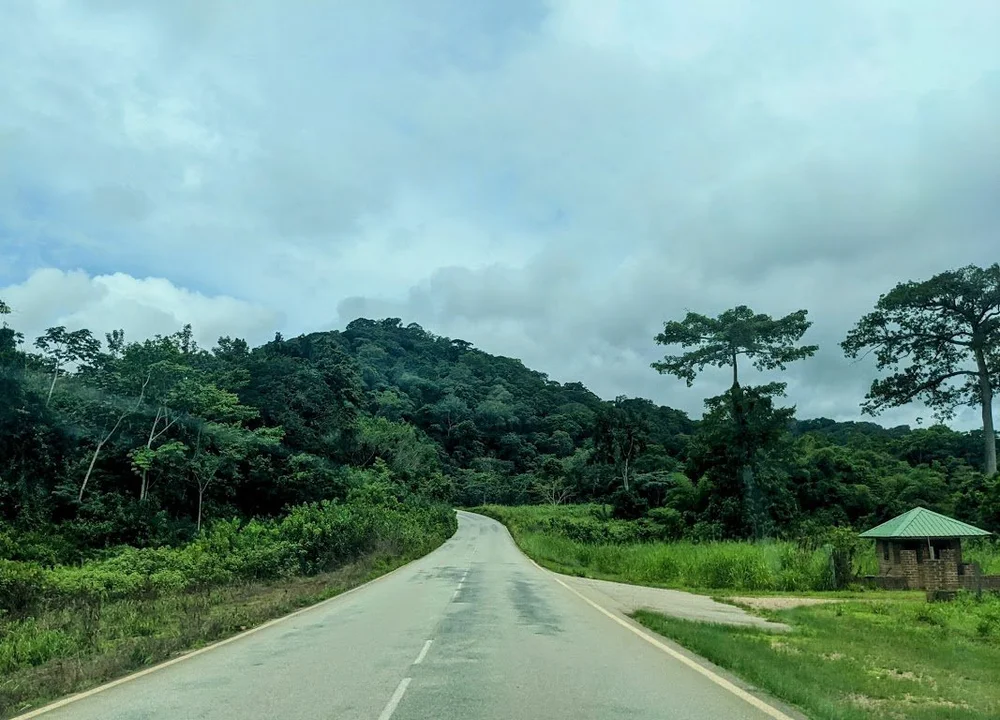
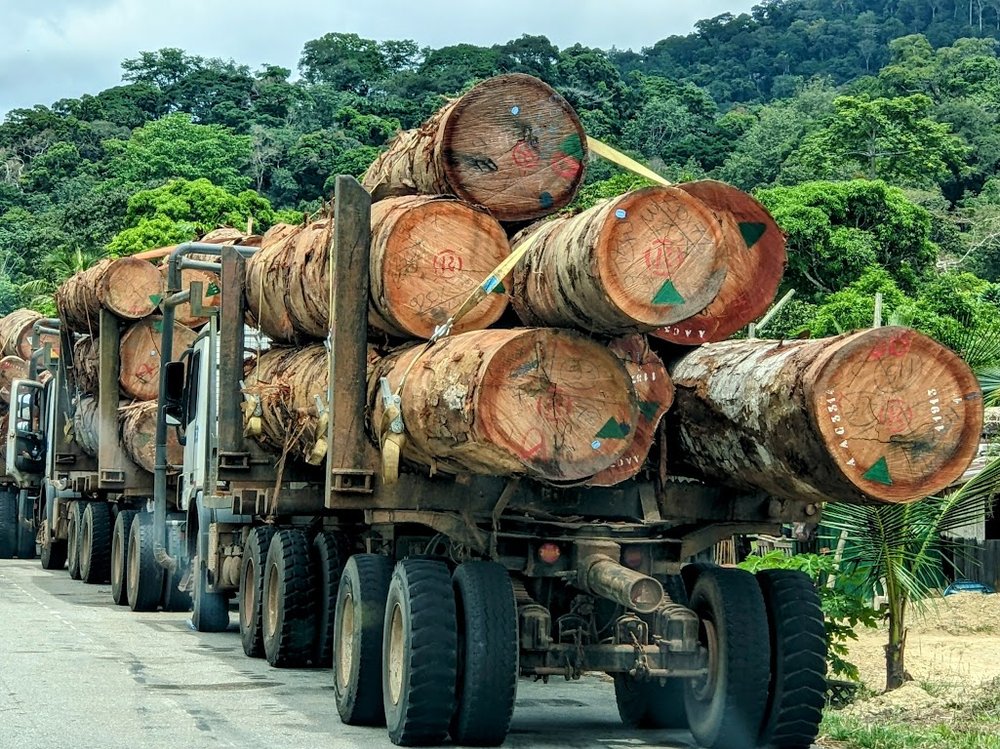
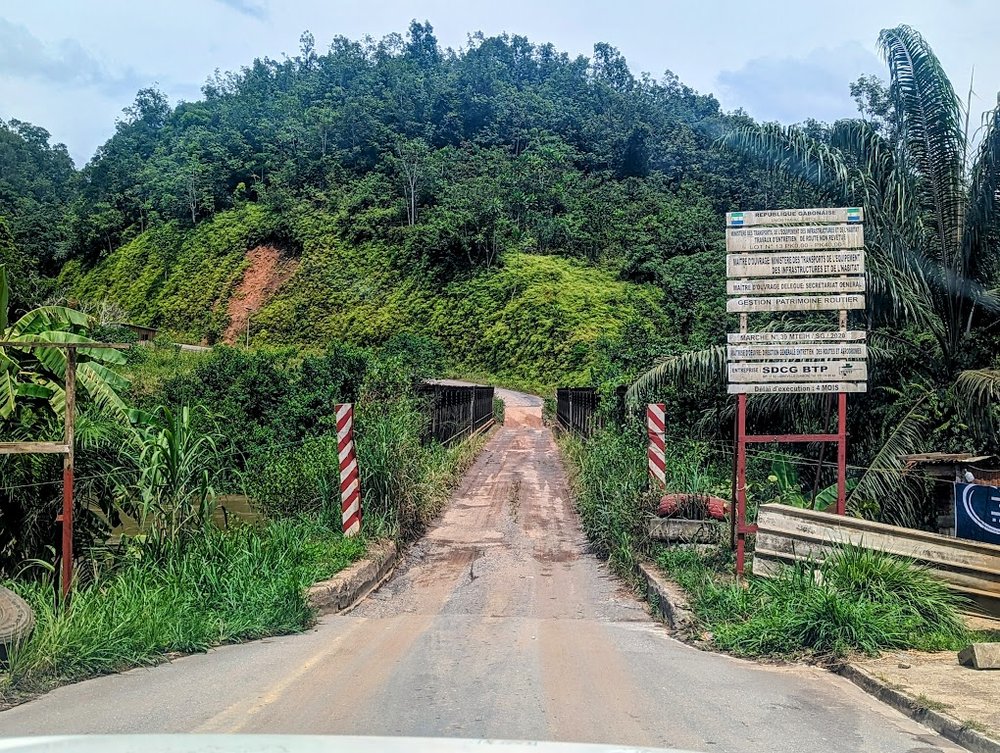
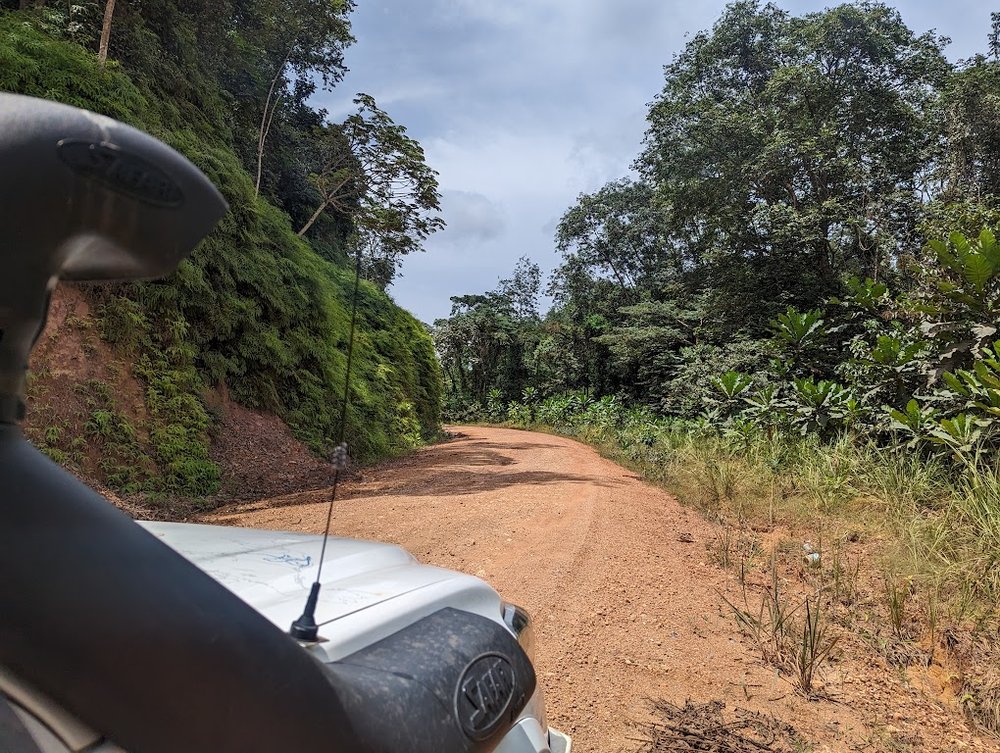
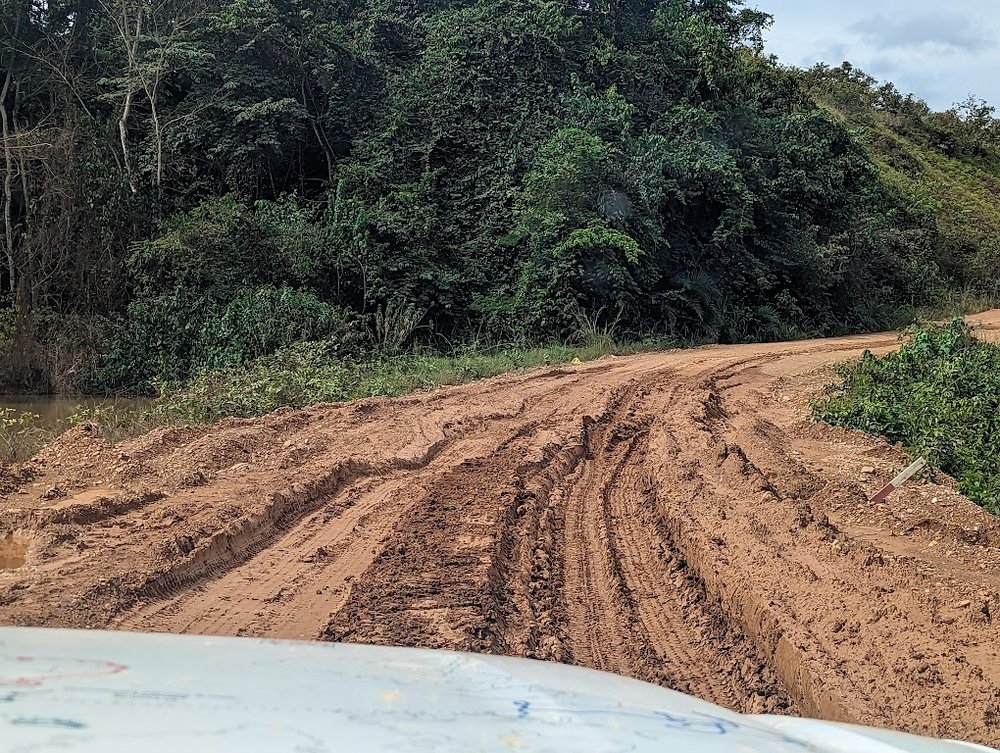
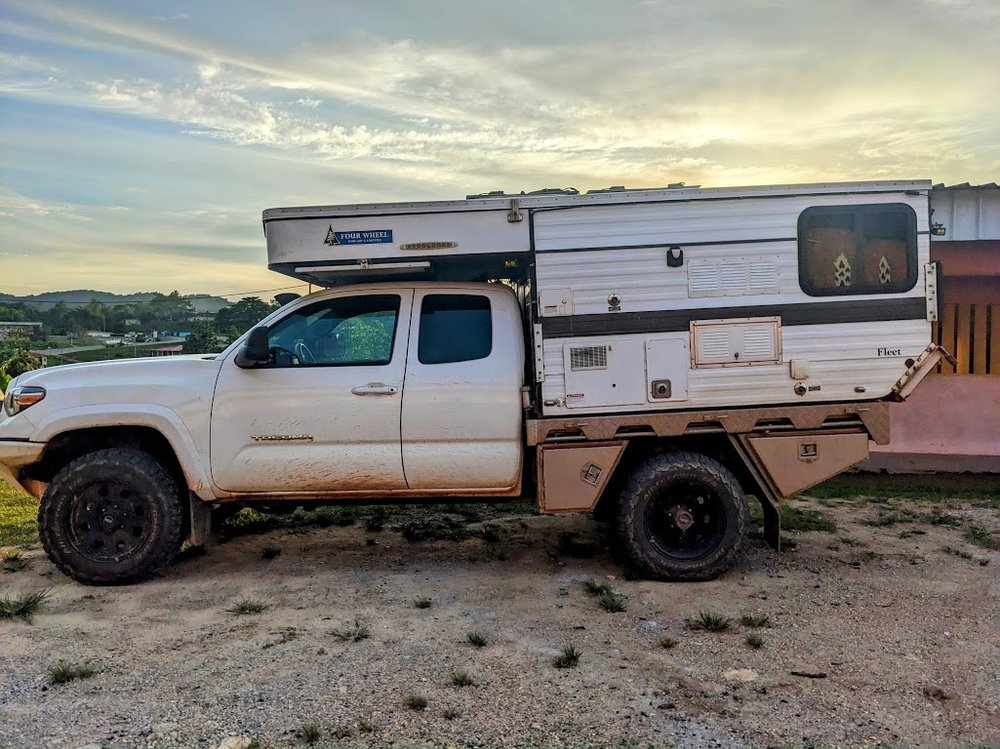
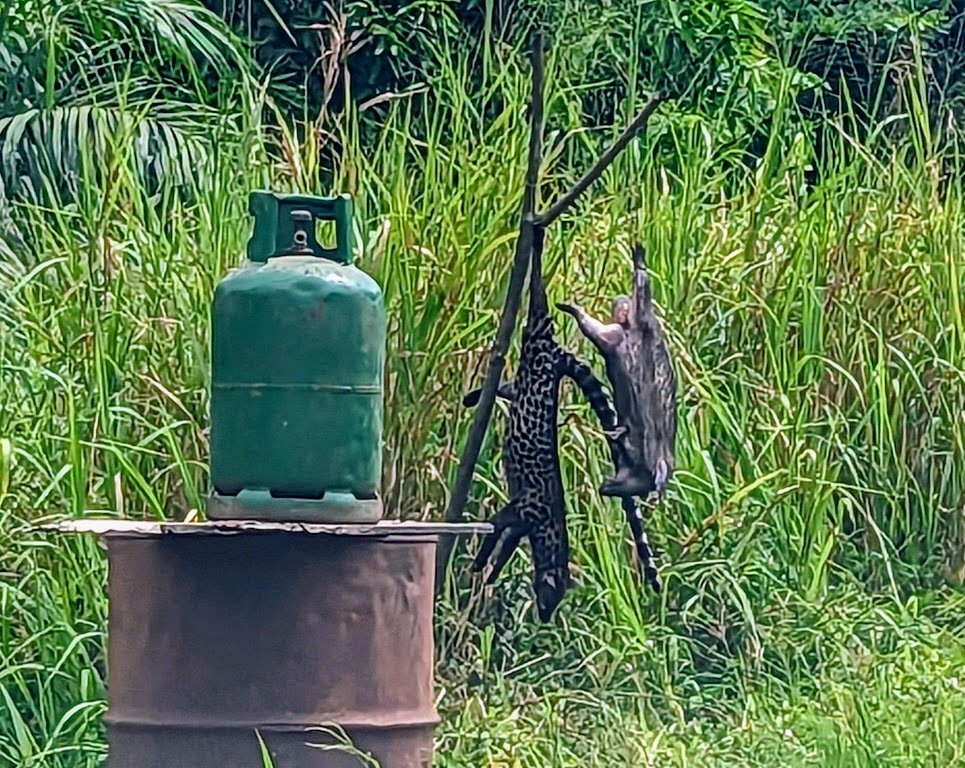
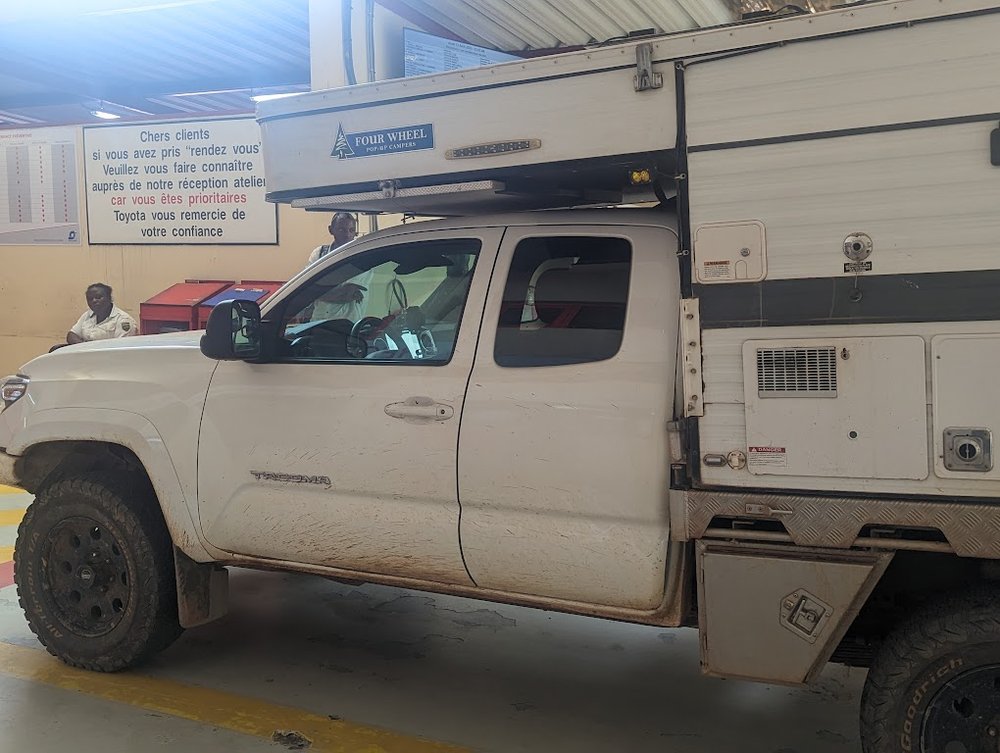

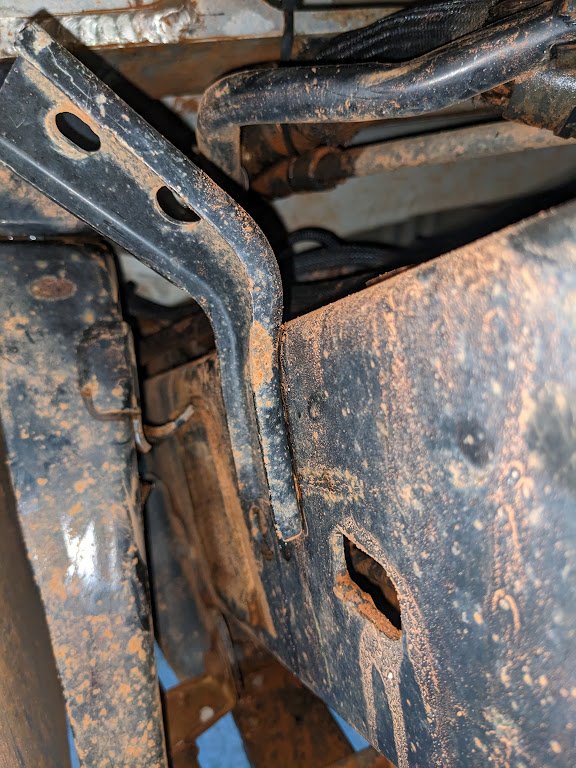
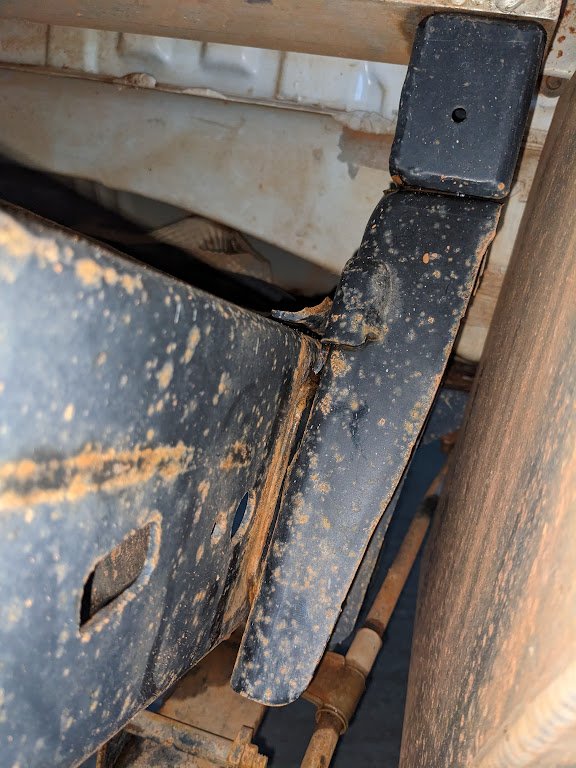
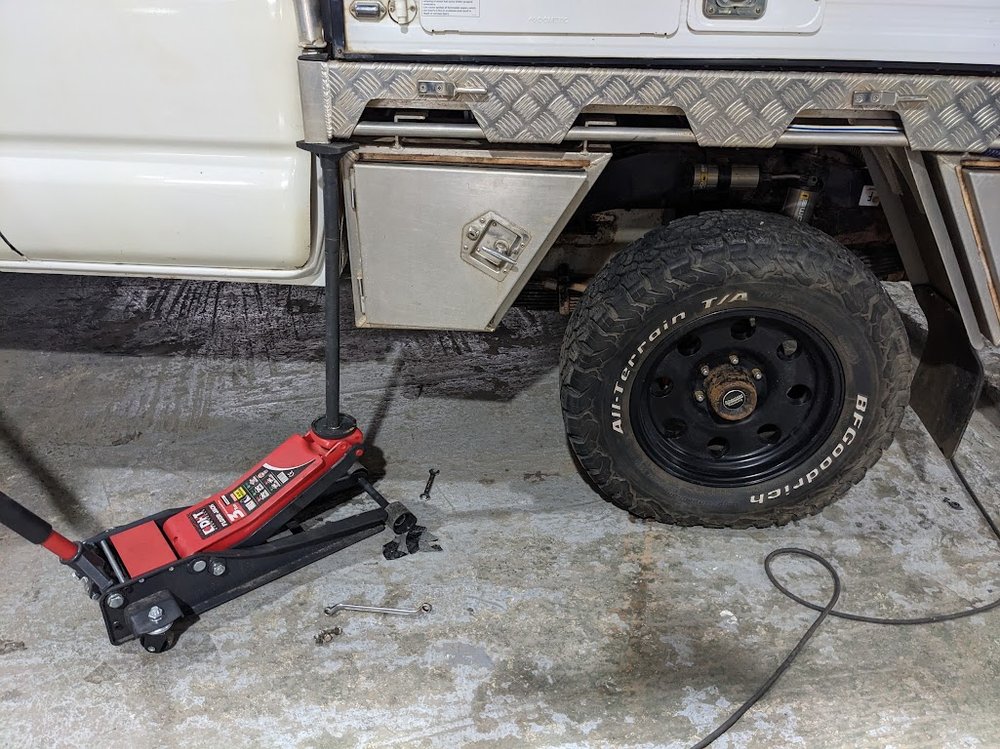
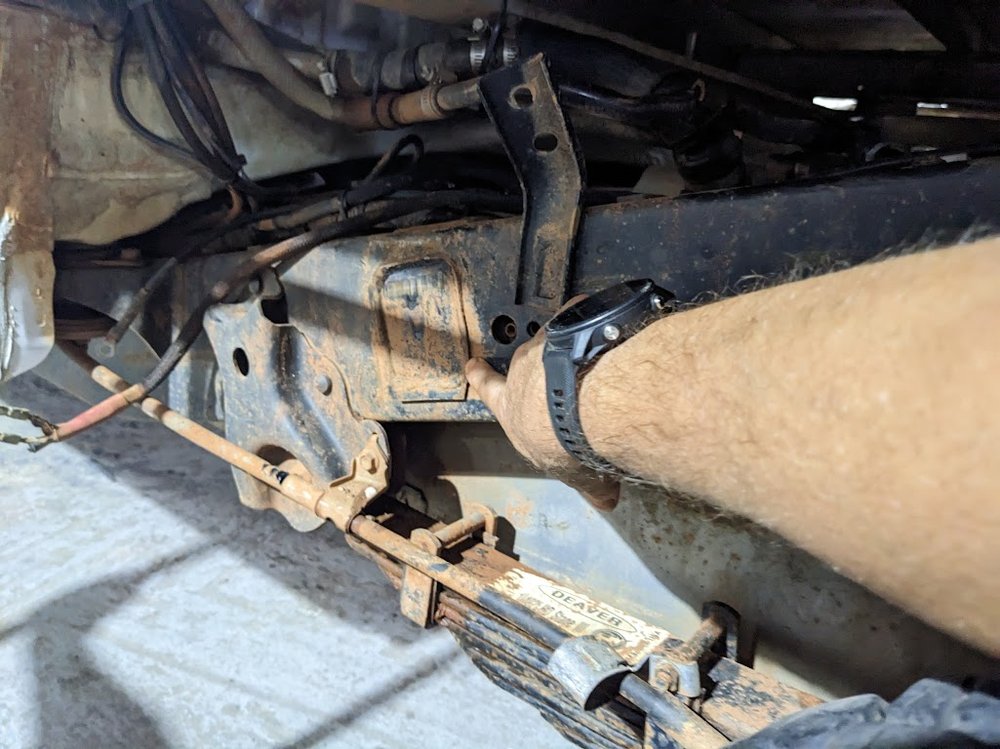

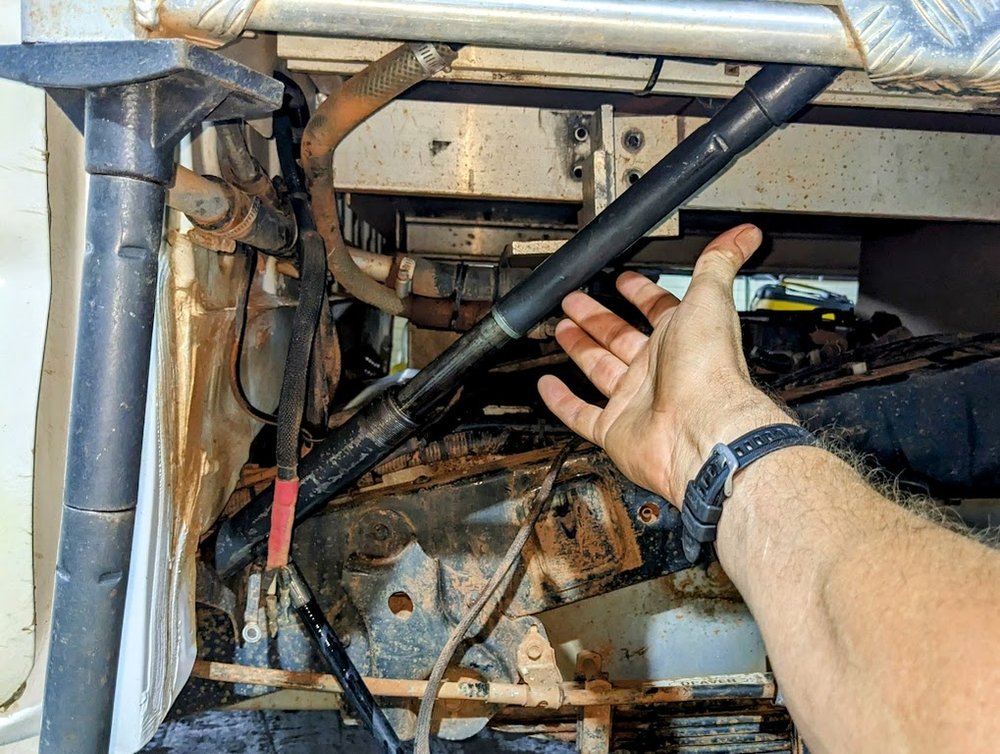


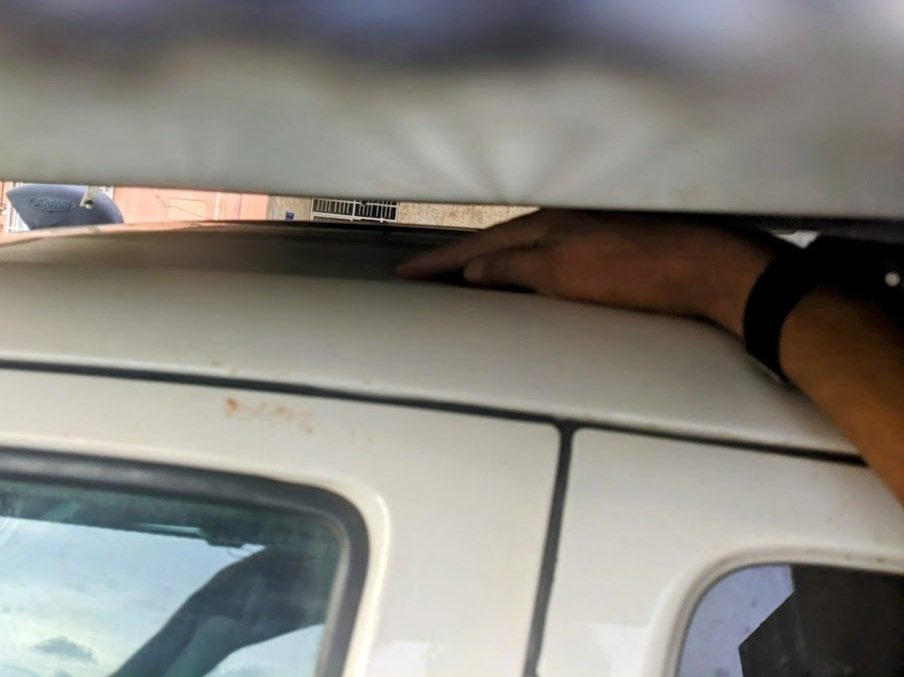


![[IMG] [IMG]](https://images.squarespace-cdn.com/content/v1/5eb85920d2ae880e0ff1526f/7f16dbec-34dd-4ef6-ba75-524f4bf3d400/9.jpg?format=1000w)
![[IMG] [IMG]](https://images.squarespace-cdn.com/content/v1/5eb85920d2ae880e0ff1526f/f985fe39-d7bd-4d0f-9e1e-830b6b8a9cff/15.jpg?format=1000w)
![[IMG] [IMG]](https://images.squarespace-cdn.com/content/v1/5eb85920d2ae880e0ff1526f/77b56f6d-d784-4016-88cb-2d73091ce11b/10.jpg?format=1000w)
![[IMG] [IMG]](https://images.squarespace-cdn.com/content/v1/5eb85920d2ae880e0ff1526f/9826779a-2dba-4bc1-b190-5ae2d4017ca6/11.jpg?format=1000w)
![[IMG] [IMG]](https://images.squarespace-cdn.com/content/v1/5eb85920d2ae880e0ff1526f/78e759b4-05e9-47cf-b0dd-4e516c76351f/13.jpg?format=1000w)
![[IMG] [IMG]](https://images.squarespace-cdn.com/content/v1/5eb85920d2ae880e0ff1526f/d9468ecb-7548-4322-971b-246c8344b878/14.jpg?format=1000w)
![[IMG] [IMG]](https://images.squarespace-cdn.com/content/v1/5eb85920d2ae880e0ff1526f/7240f4eb-5ee1-447d-afed-5b5066bf5667/17.jpg?format=1000w)
![[IMG] [IMG]](https://images.squarespace-cdn.com/content/v1/5eb85920d2ae880e0ff1526f/0417953d-75ca-4d83-b968-e41df8760d6e/16.jpg?format=1000w)
![[IMG] [IMG]](https://images.squarespace-cdn.com/content/v1/5eb85920d2ae880e0ff1526f/406d4902-26a9-4160-bda9-28f68a7b2305/18.jpg?format=1000w)
![[IMG] [IMG]](https://images.squarespace-cdn.com/content/v1/5eb85920d2ae880e0ff1526f/874bc627-d304-4294-adb9-9039b26977df/Congo+3.jpg?format=1000w)
![[IMG] [IMG]](https://images.squarespace-cdn.com/content/v1/5eb85920d2ae880e0ff1526f/5b0f30ca-0c69-4359-ad9b-ac40dcd793c6/1.jpg?format=1000w)
![[IMG] [IMG]](https://images.squarespace-cdn.com/content/v1/5eb85920d2ae880e0ff1526f/39ded0b1-1392-4c7d-af6c-c77f1fed6d48/2.jpg?format=1000w)
![[IMG] [IMG]](https://images.squarespace-cdn.com/content/v1/5eb85920d2ae880e0ff1526f/7bfaba5c-6d36-4733-8b51-cf31fe0f646b/3.jpg?format=1000w)
![[IMG] [IMG]](https://images.squarespace-cdn.com/content/v1/5eb85920d2ae880e0ff1526f/41f46537-8058-4671-ab78-20e14e01e6dd/4.jpg?format=1000w)
![[IMG] [IMG]](https://images.squarespace-cdn.com/content/v1/5eb85920d2ae880e0ff1526f/7685fa52-1faa-4212-a258-3cae325194d4/6.jpg?format=1000w)
![[IMG] [IMG]](https://images.squarespace-cdn.com/content/v1/5eb85920d2ae880e0ff1526f/ae7caaf2-7c27-4608-8fc0-86c10aa845e1/8.JPG?format=1000w)
![[IMG] [IMG]](https://images.squarespace-cdn.com/content/v1/5eb85920d2ae880e0ff1526f/7fb30664-d917-47af-9e75-7208df18adf3/14.jpg?format=1000w)
![[IMG] [IMG]](https://images.squarespace-cdn.com/content/v1/5eb85920d2ae880e0ff1526f/beca8723-9050-4b5d-8ba4-d88cf4cb5cc4/12.JPG?format=1000w)
![[IMG] [IMG]](https://images.squarespace-cdn.com/content/v1/5eb85920d2ae880e0ff1526f/920814b4-59db-454e-a6ab-bb7d79ae02d4/13.JPG?format=1000w)
![[IMG] [IMG]](https://images.squarespace-cdn.com/content/v1/5eb85920d2ae880e0ff1526f/2d93bd35-0a7c-4f77-8f86-f1482840d80d/16.jpg?format=1000w)
![[IMG] [IMG]](https://images.squarespace-cdn.com/content/v1/5eb85920d2ae880e0ff1526f/3ea00776-bd09-4099-8fd8-6d554b2a1059/18.jpg?format=1000w)
![[IMG] [IMG]](https://images.squarespace-cdn.com/content/v1/5eb85920d2ae880e0ff1526f/58875f23-0538-4c88-9d1b-2c71579612d1/19.jpg?format=1000w)
![[IMG] [IMG]](https://images.squarespace-cdn.com/content/v1/5eb85920d2ae880e0ff1526f/d77ae7a9-883d-4243-8136-0e96c954546c/20.jpg?format=1000w)
![[IMG] [IMG]](https://images.squarespace-cdn.com/content/v1/5eb85920d2ae880e0ff1526f/831deb03-4b08-41bb-aeea-582f511a6dce/22.jpg?format=1000w)
![[IMG] [IMG]](https://images.squarespace-cdn.com/content/v1/5eb85920d2ae880e0ff1526f/5f2f45c3-6866-4610-9d90-e51d4390a6d4/23.jpg?format=1000w)
![[IMG] [IMG]](https://images.squarespace-cdn.com/content/v1/5eb85920d2ae880e0ff1526f/808a5e85-830f-4a53-ae23-ebfaa19d2774/25.jpg?format=1000w)
![[IMG] [IMG]](https://images.squarespace-cdn.com/content/v1/5eb85920d2ae880e0ff1526f/a8ef27bf-4f94-4681-9751-ca86eae4df72/26.jpg?format=1000w)
![[IMG] [IMG]](https://images.squarespace-cdn.com/content/v1/5eb85920d2ae880e0ff1526f/00e40598-fdd0-4afc-bb53-ca0d99a55a55/28.jpg?format=1000w)
![[IMG] [IMG]](https://images.squarespace-cdn.com/content/v1/5eb85920d2ae880e0ff1526f/9845d2a8-9337-475a-9d88-37b3746026b7/27.jpg?format=1000w)









![[IMG] [IMG]](https://images.squarespace-cdn.com/content/v1/5eb85920d2ae880e0ff1526f/99e1ae0b-ce12-4df3-9bac-9893ab7b5c22/23.jpg?format=1000w)
![[IMG] [IMG]](https://images.squarespace-cdn.com/content/v1/5eb85920d2ae880e0ff1526f/37f2d674-da6c-40b0-89fc-56a34f3ee474/Angola2.jpg?format=1000w)
![[IMG] [IMG]](https://images.squarespace-cdn.com/content/v1/5eb85920d2ae880e0ff1526f/1c3c3eff-f7f6-43be-8a4c-5a3245321d05/3.jpg?format=1000w)
![[IMG] [IMG]](https://images.squarespace-cdn.com/content/v1/5eb85920d2ae880e0ff1526f/ba536477-6c7e-48b1-88c0-ed231d99a1fd/3b.jpg?format=1000w)
![[IMG] [IMG]](https://images.squarespace-cdn.com/content/v1/5eb85920d2ae880e0ff1526f/f29f7939-3b00-4fbb-a1b4-95cc73ef4840/7.jpg?format=1000w)
![[IMG] [IMG]](https://images.squarespace-cdn.com/content/v1/5eb85920d2ae880e0ff1526f/808fb461-7a07-41af-a073-a0d07e3c9c5d/10.jpg?format=1000w)
![[IMG] [IMG]](https://images.squarespace-cdn.com/content/v1/5eb85920d2ae880e0ff1526f/0d74834b-e79d-4ba9-838c-a9e0310a75d2/12.jpg?format=1000w)
![[IMG] [IMG]](https://images.squarespace-cdn.com/content/v1/5eb85920d2ae880e0ff1526f/b71ebb06-d6a5-4247-a50c-b2efc7685d7e/28.jpg?format=1000w)
![[IMG] [IMG]](https://images.squarespace-cdn.com/content/v1/5eb85920d2ae880e0ff1526f/13724875-8f08-4884-a3e9-e7db0e052387/13.jpg?format=1000w)
![[IMG] [IMG]](https://images.squarespace-cdn.com/content/v1/5eb85920d2ae880e0ff1526f/69be4ba6-5f0d-4ec1-acec-11c5f798a295/14.jpg?format=1000w)
![[IMG] [IMG]](https://images.squarespace-cdn.com/content/v1/5eb85920d2ae880e0ff1526f/509cec6e-7414-4528-adfc-54304fe9c5fc/15.jpg?format=1000w)
![[IMG] [IMG]](https://images.squarespace-cdn.com/content/v1/5eb85920d2ae880e0ff1526f/60999e39-12b9-4471-b57e-f011d1bd6dcd/16.jpg?format=1000w)
![[IMG] [IMG]](https://images.squarespace-cdn.com/content/v1/5eb85920d2ae880e0ff1526f/0cfd6acd-0c8b-4aa6-a40a-7c2f02933754/17.jpg?format=1000w)
![[IMG] [IMG]](https://images.squarespace-cdn.com/content/v1/5eb85920d2ae880e0ff1526f/a9b09db6-d0cb-4d42-9066-3f5f8777a1a2/18.jpg?format=1000w)
![[IMG] [IMG]](https://images.squarespace-cdn.com/content/v1/5eb85920d2ae880e0ff1526f/2ba05eb8-0c46-48d0-bebf-9d4fbe9b8120/19.jpg?format=1000w)
![[IMG] [IMG]](https://images.squarespace-cdn.com/content/v1/5eb85920d2ae880e0ff1526f/7534e9c6-a67c-4565-a730-4486891cc512/20.jpg?format=1000w)
![[IMG] [IMG]](https://images.squarespace-cdn.com/content/v1/5eb85920d2ae880e0ff1526f/560404c2-b856-4baf-a8a5-19d01ac85ced/21.jpg?format=1000w)
![[IMG] [IMG]](https://images.squarespace-cdn.com/content/v1/5eb85920d2ae880e0ff1526f/886e3ef7-dc58-4572-bf3e-be2a640d0e23/24.jpg?format=1000w)
![[IMG] [IMG]](https://images.squarespace-cdn.com/content/v1/5eb85920d2ae880e0ff1526f/73a09f7d-e31a-434b-812f-8d41161e77cf/27.jpg?format=1000w)
![[IMG] [IMG]](https://images.squarespace-cdn.com/content/v1/5eb85920d2ae880e0ff1526f/8c7bb5d6-dd4d-43e6-bf51-cb06eb71df38/29.jpg?format=1000w)
![[IMG] [IMG]](https://images.squarespace-cdn.com/content/v1/5eb85920d2ae880e0ff1526f/5b441931-d19d-4d68-8687-8ca5beb85538/12.jpg)
![[IMG] [IMG]](https://images.squarespace-cdn.com/content/v1/5eb85920d2ae880e0ff1526f/8518577f-5bfa-42bb-bddb-8fb15522c529/Namibia3.jpg)
![[IMG] [IMG]](https://images.squarespace-cdn.com/content/v1/5eb85920d2ae880e0ff1526f/c0c98495-f095-4158-a2fb-8622e5674907/PXL_20230512_130326848.TS_exported_233~2.jpg)
![[IMG] [IMG]](https://images.squarespace-cdn.com/content/v1/5eb85920d2ae880e0ff1526f/e6ec7d92-ad6d-41a3-8de4-f8a0df4d32d8/original_e778ab22-3fcb-4ed8-856f-d27629fbe5a6_PXL_20230512_060514376~2.jpg)
![[IMG] [IMG]](https://images.squarespace-cdn.com/content/v1/5eb85920d2ae880e0ff1526f/88a84dbe-804a-447e-8305-e6c0f891b8bf/DSC04785.JPG)
![[IMG] [IMG]](https://images.squarespace-cdn.com/content/v1/5eb85920d2ae880e0ff1526f/16b19d7b-a17a-40c2-9ba8-1cd05792faba/DSC04833.JPG)
![[IMG] [IMG]](https://images.squarespace-cdn.com/content/v1/5eb85920d2ae880e0ff1526f/35bcac18-aa89-426a-aa5f-c6015a9a25c2/DSC04872.JPG)
![[IMG] [IMG]](https://images.squarespace-cdn.com/content/v1/5eb85920d2ae880e0ff1526f/aa32d509-05cf-41d9-b779-f15b4ee1b969/11.JPG)
![[IMG] [IMG]](https://images.squarespace-cdn.com/content/v1/5eb85920d2ae880e0ff1526f/60f681bf-aa97-423c-a4be-32ee3e4c58fc/14.JPG)
![[IMG] [IMG]](https://images.squarespace-cdn.com/content/v1/5eb85920d2ae880e0ff1526f/33b4669a-51c3-4f6f-849d-34ceddde7deb/15.JPG)
![[IMG] [IMG]](https://images.squarespace-cdn.com/content/v1/5eb85920d2ae880e0ff1526f/c1aa1791-f9e2-4409-bb45-943a4c1032c2/16.JPG)
![[IMG] [IMG]](https://images.squarespace-cdn.com/content/v1/5eb85920d2ae880e0ff1526f/42284a23-380d-40e6-a55f-85d6bf4a9333/18.JPG)
![[IMG] [IMG]](https://images.squarespace-cdn.com/content/v1/5eb85920d2ae880e0ff1526f/8927c46c-0bf7-42b5-a387-957a6abc5be4/19.JPG)
![[IMG] [IMG]](https://images.squarespace-cdn.com/content/v1/5eb85920d2ae880e0ff1526f/3e18ce30-2222-4366-ad44-1e510c614cb1/20.JPG)
![[IMG] [IMG]](https://images.squarespace-cdn.com/content/v1/5eb85920d2ae880e0ff1526f/77656e7d-7b04-4c3f-80e9-d7c4c9ff45bc/21.JPG)
![[IMG] [IMG]](https://images.squarespace-cdn.com/content/v1/5eb85920d2ae880e0ff1526f/77ddaa39-eaae-466c-be2d-f8e62c705340/26.jpg)
![[IMG] [IMG]](https://images.squarespace-cdn.com/content/v1/5eb85920d2ae880e0ff1526f/2658d45c-1f71-46c0-bd99-98132b40a2c7/27.jpg)
![[IMG] [IMG]](https://images.squarespace-cdn.com/content/v1/5eb85920d2ae880e0ff1526f/2562b027-eda8-48a0-a27d-594b8efc2f93/28.JPG)
![[IMG] [IMG]](https://images.squarespace-cdn.com/content/v1/5eb85920d2ae880e0ff1526f/652bb3bd-09eb-4cc6-8525-ed41c302c9b8/1.jpg)
![[IMG] [IMG]](https://images.squarespace-cdn.com/content/v1/5eb85920d2ae880e0ff1526f/7aa6b9cc-9c95-44ab-ad42-2598743a333f/2.JPG)